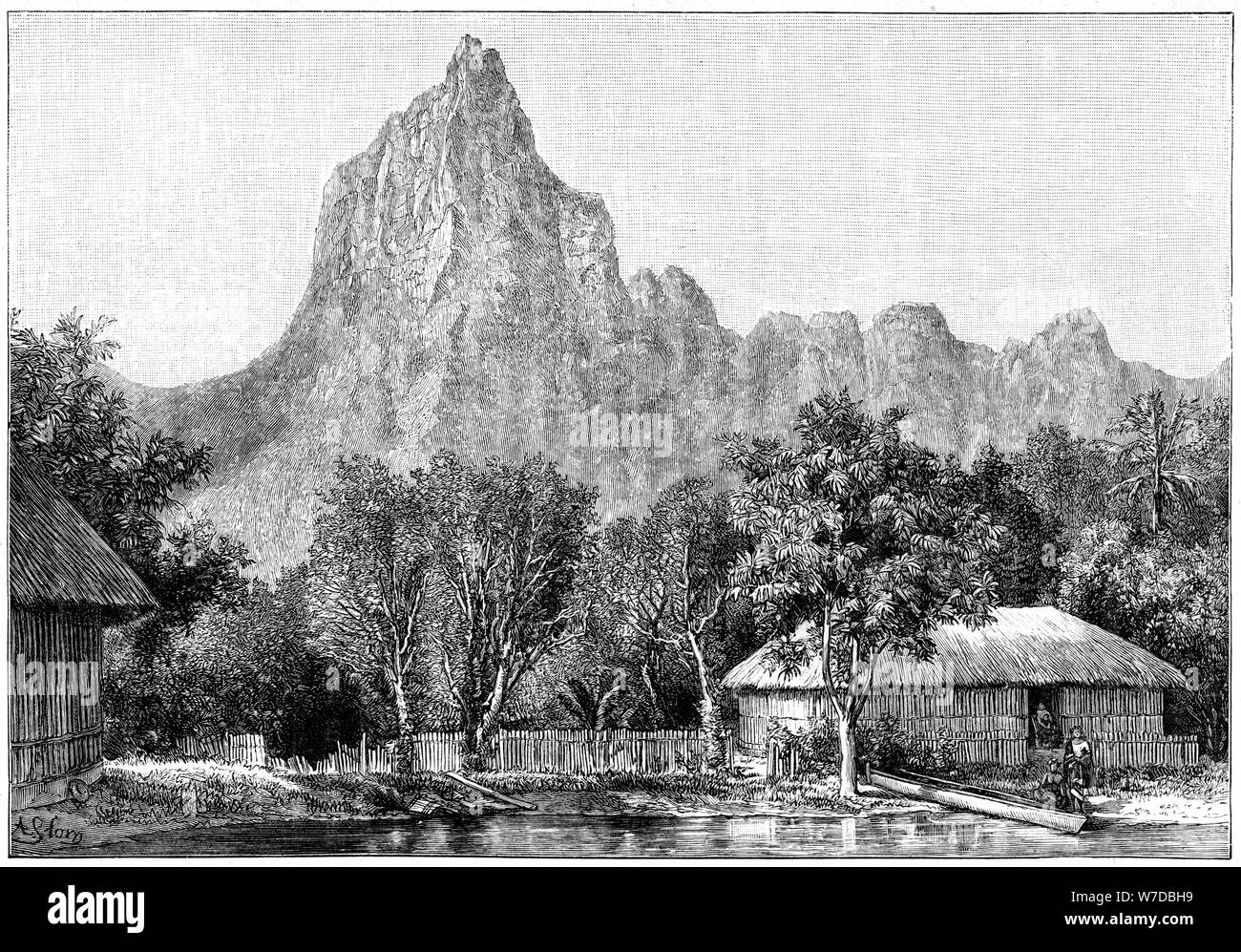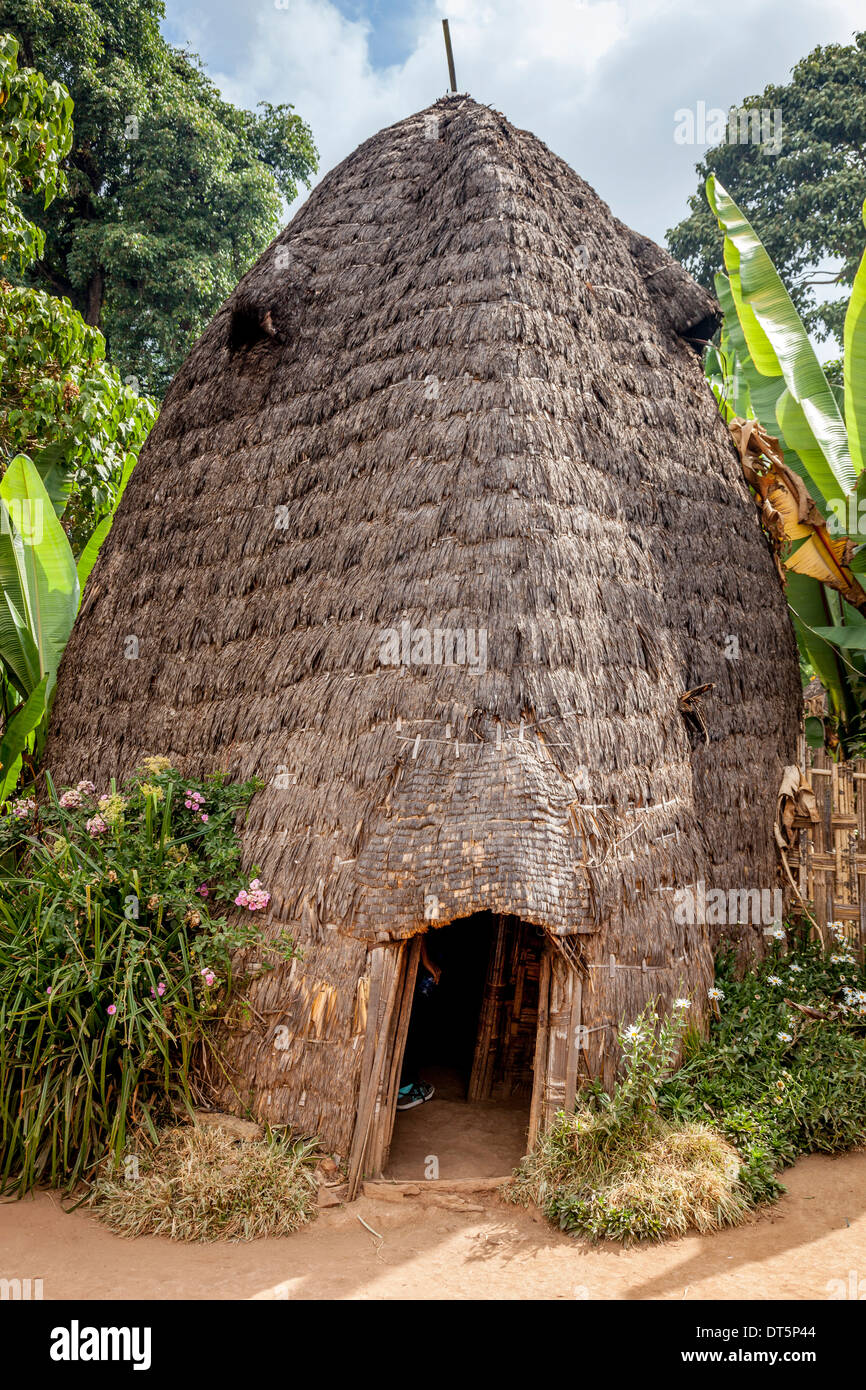
The history of Crail hails back to medieval times when its market place was the largest in Europe. uk Crail, FifeĬrab and lobster nets on the harbour wall in Crail – and you can buy freshly caught seafood on the harbour front/Credit: Getty Today the village prospers again: there is freshly caught bass and crab at the Red Lion Hotel bar and its bustling harbour is filled with visitors fishing from the quay or wandering its steep, car-less cobbled streets, enjoying its stories and galleries. Herring made Clovelly wealthy, but as with so many British coastal fishing ports, their decline brought poverty to the whole coast.

Outgoing boats were stocked with herring and returned laden with Welsh limestone, which was burnt in kilns with ‘culm’ to produce a lime used to fertilise, or ‘sweeten’, the acidic Devon soil. Fishing boats were built using trees from the steep forest around and trade was established with Wales, across the Bristol channel.

It was first noted in the Domesday book as belonging to William the Conqueror’s wife, before three great Devon families ruled this sea estate for the next 800 years. Fishing boats offer day trips and Traeth Llyfn beach is one of the best in Wales.Ĭlovelly in North Devon is home to a herring festival in the autumn, celebrating the fish that the village’s livelihood was built on/Credit: GettyĮxquisite Clovelly is as ancient as it is quaint. Everyone should visit the Sloop Inn, decked with maritime memorabilia, but gourmets should head to The Shed Bistro for award-winning fresh fish and cream teas. Huge hoppers now tower above the over-sized harbour and, on top of the cliff, you can explore the old quarries and discover the famous ‘Blue Lagoon’, a gorgeous aquamarine sea pool loved by wild swimmers and cliff jumpers. But in the early 19th century, mining transformed the village, as first slate, then bricks and building stones were exported far and wide. Originally a fishing village, the seafront green is surrounded by lobster pots and crog loft cottages once used by the fishermen. Porthgain in Pembrokeshire – the ruins are brick-making factories and hoppers for crushing rock, which was exported from the tiny harbour by ship for road-building/Credit: GettyĮnviably positioned on the stunning Pembrokeshire Coast, just north of St David’s, Porthgain is an unusual little port set among dramatic scenery.


 0 kommentar(er)
0 kommentar(er)
